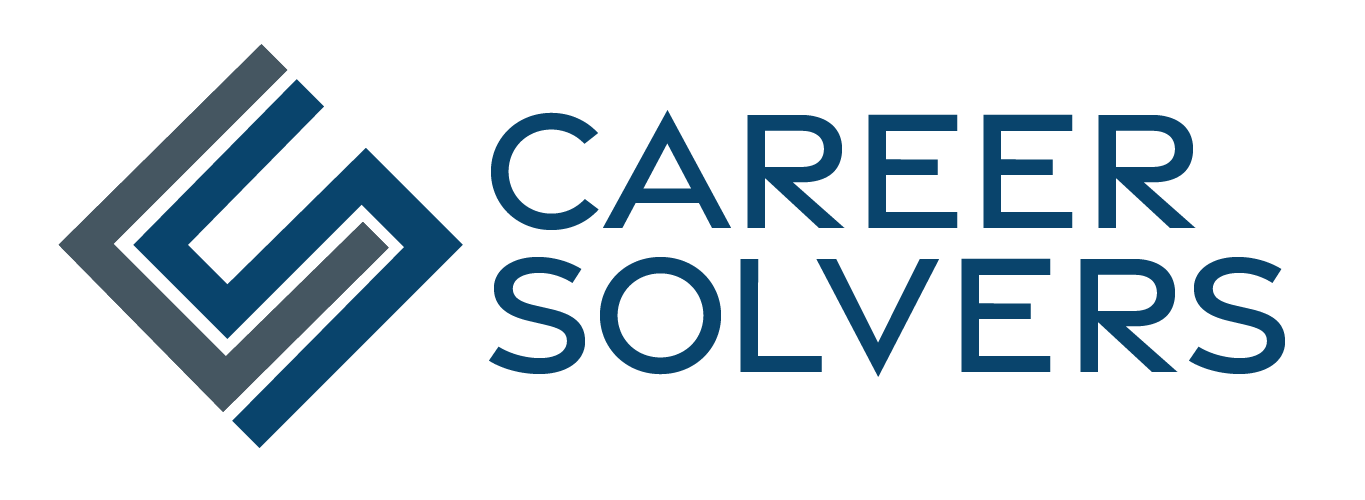 This month’s Career Collective topic is common job search misperceptions. My post is about resume writing misperceptions. You can read the topics by my esteemed colleagues by following the links at the end of this post.
This month’s Career Collective topic is common job search misperceptions. My post is about resume writing misperceptions. You can read the topics by my esteemed colleagues by following the links at the end of this post.
It’s probably no surprise to you that hiring managers don’t read every resume they receive. And you may also know that they don’t read any resume in its entirety; instead they scan the resume to find relevant information. If they find key information after an initial scan they may take a closer look at the document. If not, they are on to the next resume as quickly as possible. In some cases they aren’t even reading the resume on a full 8 1/2″ by 11″ piece of paper or a standard computer screen. It’s highly likely that they are doing that initial scan on their smart phone. So how can you grab the attention of the hiring manager and get him to pay attention to your resume? Here are a few suggestions.
- Group similar content by theme. Instead of making a laundry list of accomplishments, create more digestible sound bites of information by grouping your achievements by themes and using a category heading for each theme.
- Highlight top achievements so they can’t be missed. Place big picture accomplishments in bold or a shaded box so they are quickly noticed. Under each big picture accomplishment list the milestones that contributed to the overall accomplishment.
- Include a section with your top skills. These are the keywords or buzzwords for your industry and job function. Make sure these words are prominent and towards the top of the document.
- Avoid blocky paragraphs of texts. Most people’s eyes glaze over when they see big blocks of text. Reading long paragraphs takes too much effort. Use bullets and keep your sentences short.
- Use charts and graphs to convey a point. A chart or graph can illustrate some of your key selling points without using a lot of words. The reader’s eye will be drawn to the chart since it will stand out from the other text in the document.
- Use text boxes to spotlight important information. A text box can help break up dense text and make your resume more engaging and interesting. A text box can highlight information that sets you apart from your competition such as awards you have received, top performance statistics, or even the number of promotions you received at a specific company.
- 5 Misconceptions Entry-Level Job Seekers Make, @heatherhuhman
- How “Interview Savvy” Are You?, @careersherpa
- Employers Don’t “Care”, @ValueIntoWords
- Misconceptions about Using Recruiters, @DebraWheatman
- 15 Myths and Misconceptions about Job-Hunting, @KatCareerGal
- Are You Boring HR? @resumeservice
- Job Search Misconceptions Put Right, @GayleHoward
- Who Cares About What You Want in a Job? Only YOU!, @KCCareerCoach
- How to get your resume read (sort of), @barbarasafani
- The 4 secrets to an effective recruiter relationship, @LaurieBerenson
- Job Interviews, Chronic Illness and 3 Big Ideas, @WorkWithIllness
- The secret to effective job search, @Keppie_Careers
- Superstars Need Not Apply, @WalterAkana
- The Jobs Under the Mistletoe, @chandlee
- 8 Common Sense Interview Tips @erinkennedycprw
- Still no job interview? @MartinBuckland @EliteResumes
- Misconceptions about the Hiring Process: Your Online Identity is a Critical Part of Getting Hired, @expatcoachmegan


